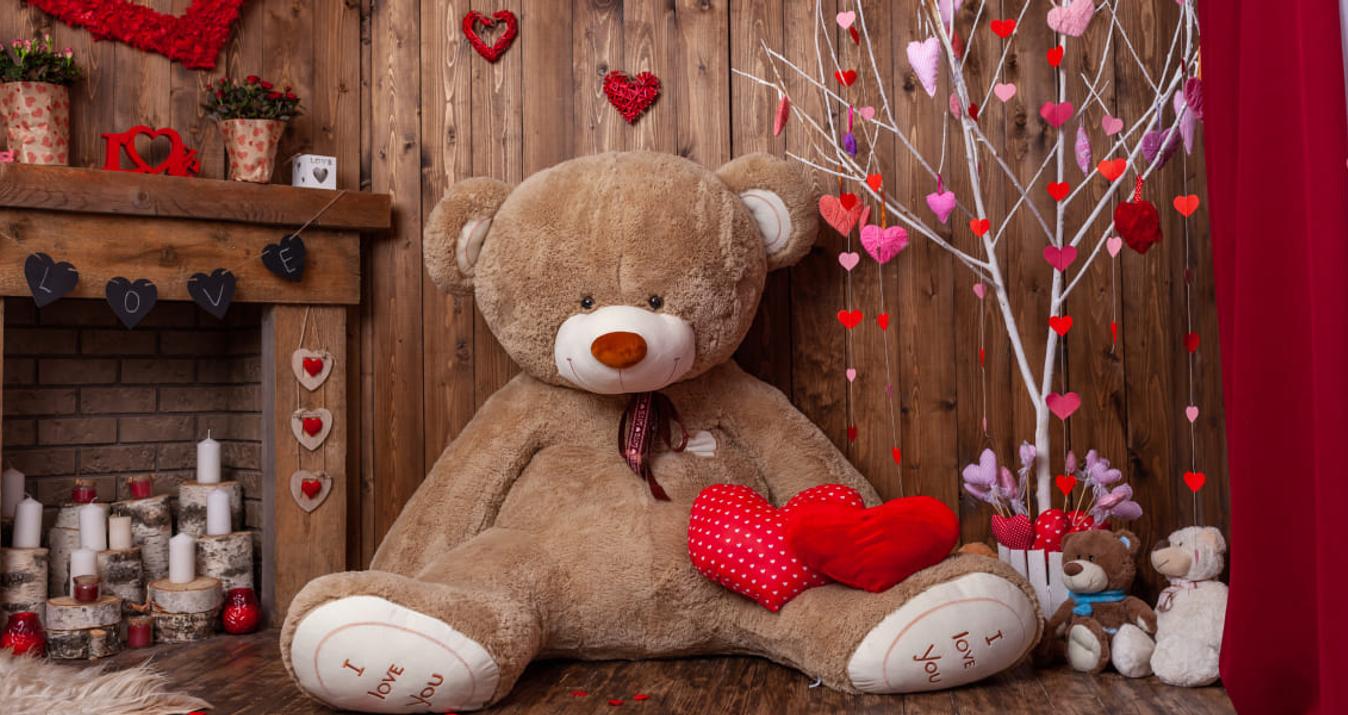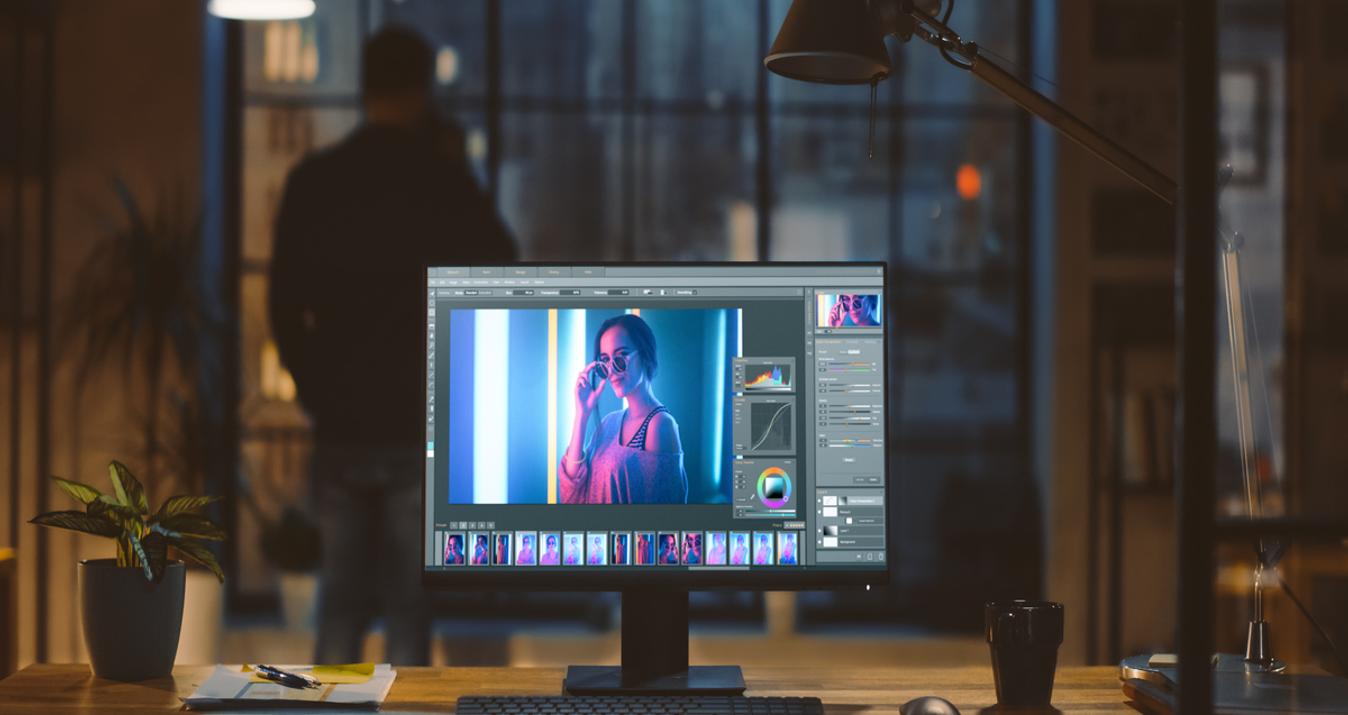Understanding Contrast in Photography
May 29, 2023
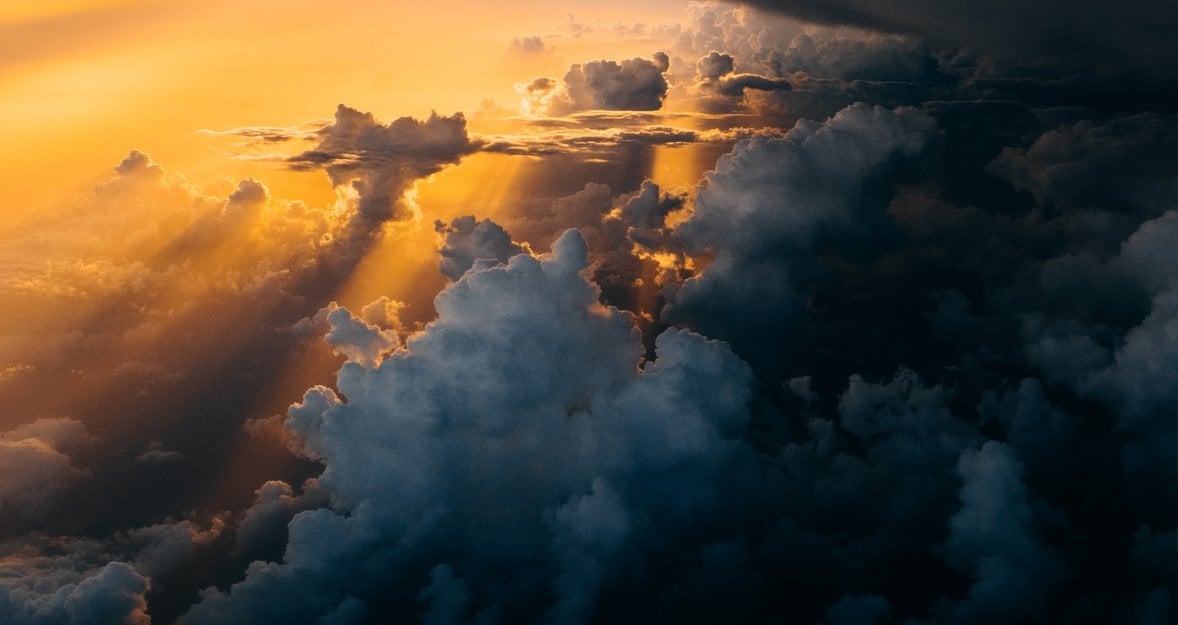
This article will cover the basics of different types of contrast in photography — from high contrast to low contrast to tonal and color contrast.
Contrast in photography is the visual ratio of different tones in an image. This difference is what creates the textures, highlights, shadows, colors and clarity in a photograph. In this article, the Skylum team is going to breakdown the different degrees of contrast used in photography to help you better understand its purpose.
And, to help you create even more stellar shots!
What is a Contrast in Photography?
Contrast is the difference in brightness or color that makes objects in an image distinguishable. This is the basis that has been there since the beginning of photography. It means more than just a play of light and shadows. This technique can convey interesting and deep stories in the frame in the best way.
What Does Contrast Do in Photography?
In photography, contrast determinants the number of shades in the image. It's a key element that affects the overall visual impact and mood of a photo. Let's see for ourselves:
A low-contrast image, although not devoid of details, often looks flat and lacks a sense of depth or volume. A high-contrast image, on the other hand, can lose color detail and may appear overly simplified, with a more cartoonish or poster-like effect.
Also read: How To Put A Black Background On A Picture In 5 Minutes
Types of Contrast in Photography
You’ve learned what is contrast in photography. But this isn’t enough to improve your compositions. You also need to understand each type of it. This will help you to choose the most successful decision for a particular scene. And by overlaying several types of contrast, you can tell fascinating stories.
So, let’s consider the main type of photography contrast.
Tonal Contrast
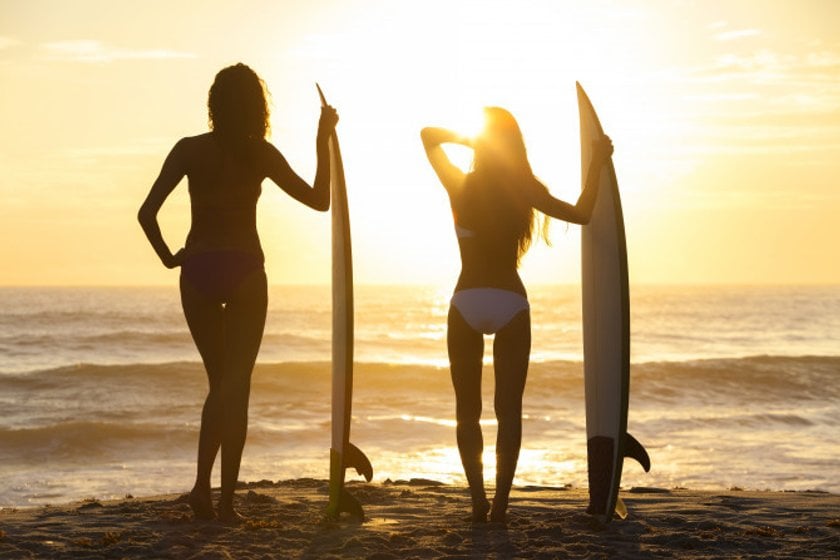
Tonal contrast is the difference between bright and dark areas in a photo or drawing. This composition is what makes the subjects within the photo appear defined or undefined through the differentiated details due to the contrast of blacks, whites, and grays. What to show on the tonal contrast photography? A portrait image is a perfect idea.
Advanced yet easy-to-use photo editor
Get Luminar Neo NowHigh Contrast
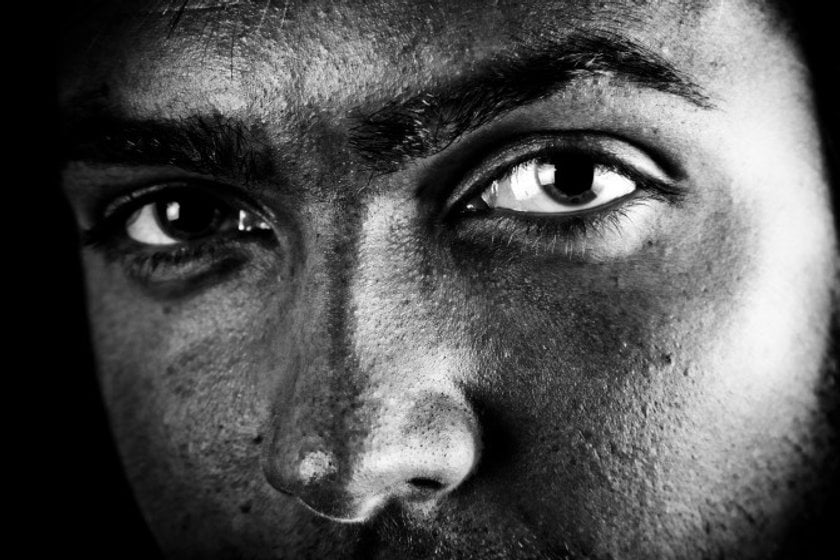
Aiming at the main object as well as reflect of powerful force and energy are the main goals of high-contrast images. You can notice this technique in the street and natural topics.
A high-contrast image has a wide range of tones full of blacks and whites with dark shadows and bright highlights. These images will have intense colors and deep textures –– creating very profound end results. If you’re a beginner, you can practice with something simple, for example, shooting light objects on a dark background and vice versa. (Think of a photo of a black horse taken in the bright sunlight or high contrast in a picture with an image of the moon with all its craters on a black background). And when you’ll get a hand, try to experiment with a combination of colors: red and green, blue and orange, or yellow and purple. They create high contrast in photos in the best way.
Low Contrast
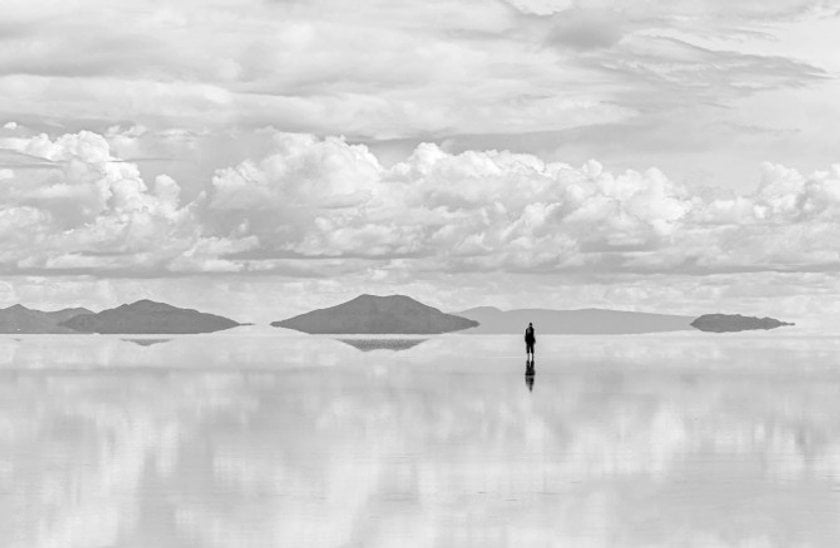
Low contrast is a photographic technique that blends light and dark areas, resulting in a softer or flatter image. These images feature minimal highlights and shadows, predominantly composed of shades of gray, which mutes the colors in the image. The low-contrast photos are a winning solution for portraits and convey a gloomy mood in landscapes. (Think of a photo taken on a foggy morning).
When starting with low-contrast photography, practice on simple subjects, such as a snow-covered rock against a foggy background or the sky reflecting on calm ocean waters. There are many creative opportunities for experimenting with low-contrast photography.
Advanced yet easy-to-use photo editor
Get Luminar Neo NowHigh-Key and Low-Key
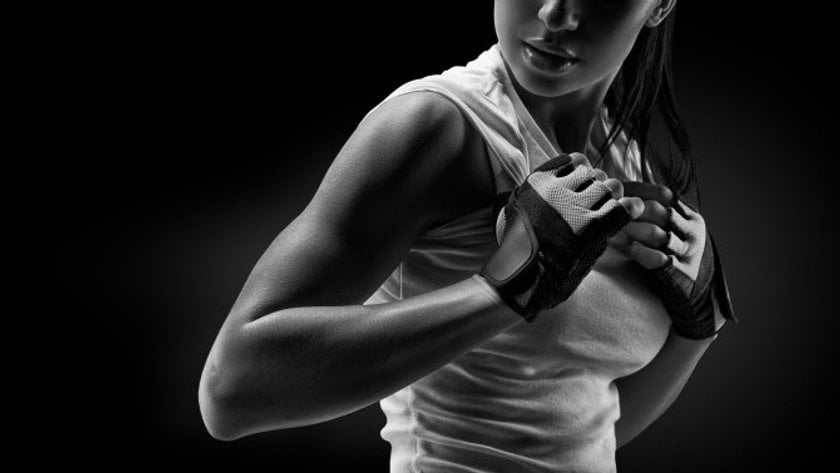
High-Key and Low-Key photos are both low contrast types of images. A high-key photo will have bright tones and contains mostly light grays and whites. A low-key photo will have dim tones, mostly shadows, and contains mostly dark grays and blacks.
Transform Your Images with the Photo Contrast Enhancer by Skylum
Get Started Now!Color Contrast
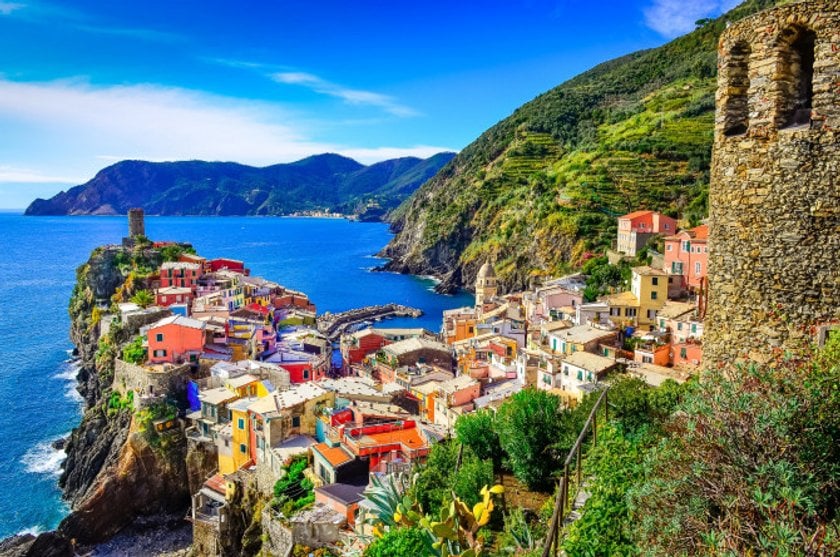
Color contrast is about how colors interact with one another and their placement on the color wheel. The way color characteristics enhance or accentuate each other determines the contrasting appearance of an image.
Think of a landscape shot — the dull colors are lower in contrast and the vibrant colors are higher in contrast. This composition is what creates the mood of the image. Unlike low-contrast photos where softness and gray shadows prevail, here you can “warm” an image up by bringing out the reds and yellows or make an image more “cold” by bringing out the blues and greens. It will be useful for you to learn color theory at least at a basic level to achieve amazing results in color contrast photography.
Are you more drawn to one form of contrast over the other? Why? Figure out what works for you: tonal, high, low, or color contrast in photography. And have fun with it.
Also read: What Are Megapixels And Their Impact On Photo Quality
There is never a right or wrong way when it comes to your creative decision on how to capture moments that are important to you.
A great way to practice understanding these different forms of contrast is by taking a photo in both color and black and white –– adjusting the tones both in the camera through exposure, shutter, and color settings and also, by experimenting with post edits. Play with lighting and the time of day, as well as the subjects you are photographing, to see how you can bring out different unique styles in our photos.
Elevate Your Photography with Our Advanced Software
DISCOVER PRICINGUsing Contrast in Photography: Ideas you can try
Now that you know color, tonal, and other contrast in photography, let’s go to the practice! Here are some interesting ideas. Take note of them and feel free to use them in your photo shoots!
1. Hunt for Stark Shadows
A sunny day is perfect not only for capturing reflections of the rays on the water's surface but only catching shadows, especially when the sun is high in the sky. It is at this time that many dark patterns appear on the sand, grass, cobbled street, and architecture. So, when going for a walk on a clear day, take the camera with you and catch the moment to capture amazing colour contrast photography.
2. Emphasis on Silhouettes Against Bright Sky
Do you see a bright evening sky? Grab your camera and experiment with silhouettes of the people. It is in the golden time that they look very contrasting, almost black against the crimson sky. A fisherman on the boat, a couple in love against the ocean waves and sunset, and a woman in a beautiful dress in a wheat field are excellent examples of contrast in photography.
3. Take Objects Against a Light or Dark Background
Sometimes you just need to replace the background and that’s it. An interesting picture will come out by itself. For example, fresh notes of white flowers are well conveyed by a black background. It’s suitable for creating contrast portraits too. Bright fruits, vegetables, Christmas decorations, and other items look great on a light background.
4. Create a Specific Mood
With the help of contrast, you can convey a certain mood in a photo. Bright lighting against a dark background show power and energy. It can be lightning and a stormy sky, or bright spotlights and a dark stage. As for low contrast, it fills the photo with pleasant notes.
5. Use Vintage Filters
Vintage filters that are available in many apps create a low-contrast image. They simulate photos taken in an old film camera, thus immersing you in a nostalgic atmosphere.
Also read: Best Free Apps to Change a Background of a Photo
How to Adjust Contrast in Luminar Neo
After you’ve learned contrast definition in photography, captured a lot of photos with contrast, and downloaded them to your computer, don’t forget about post-processing. This process will give harmony and completeness to the image. In particular, you can adjust the contrast of color or black-and-white photography in Luminar Neo, software that works on the basis of AI.
When editing, the goal is to either increase the contrast to make an image more exciting and dramatic or decrease it to make an image more ethereal and soft. Luminar Neo makes it easy to make such adjustments, with a variety of presets and filters that include specific sliders to adjust Tonal Contrast or Color contrast.
Everything is very simple here because filters that work well with contrast pictures are very simple:
- Adjustable Gradient. Thanks to contrast controls, you can change the amount of contrast in two different parts of an image. For example, in the top and the bottom.
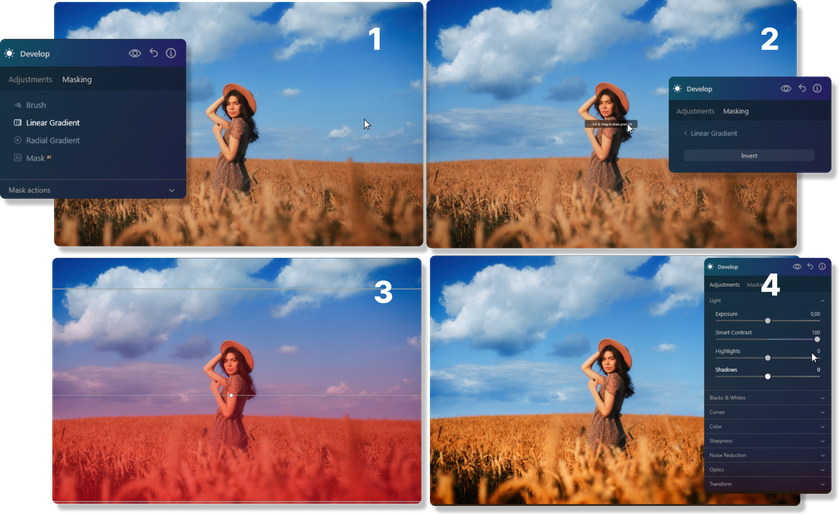 © Javier Pardina
© Javier Pardina - Brightness/Contrast. This basis filter will help you adjust the difference between areas and objects.
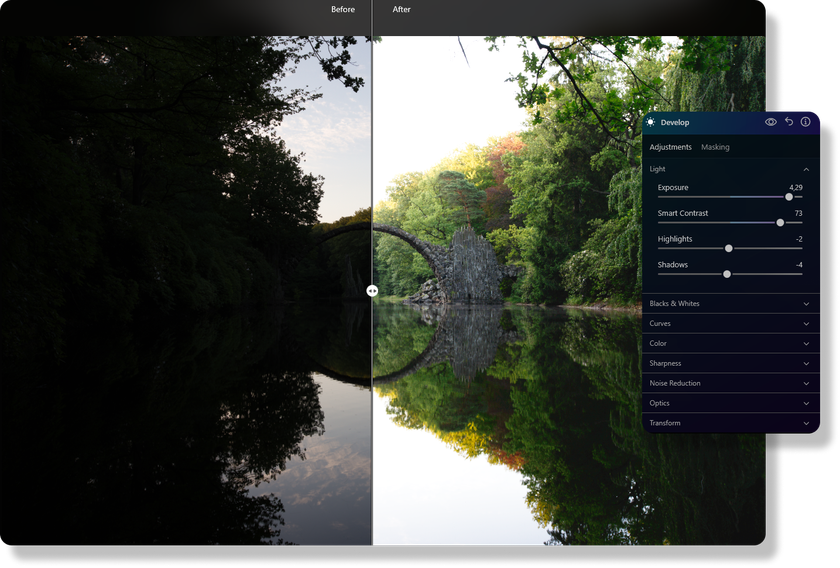 © Cuma Cevik
© Cuma Cevik - White/Blacks. This is a perfect tool for work with black-and-white contrast color photography. If you need to brighten a certain zone, drag a slider to the right. Do you want to add more drama notes? You can achieve this thanks to darkening the desired area. Just drag the slider to the left.
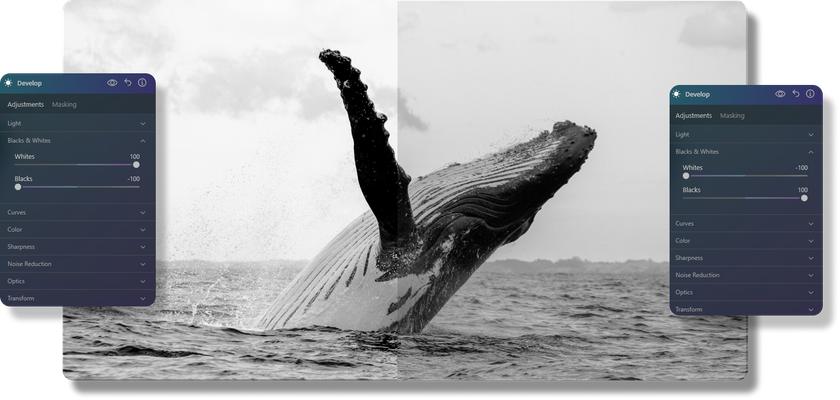 © Depositphotos
© Depositphotos
In conclusion
Contrast is a powerful tool in the hands of every photographer. Knowing what it means, what types it has, and how to manage it, you’ll easily convey a special mood and tell dramatic stories through photos.
From all of us at the Skylum team, may your days be filled with contrasts of all sorts.

 © Javier Pardina
© Javier Pardina © Cuma Cevik
© Cuma Cevik © Depositphotos
© Depositphotos
